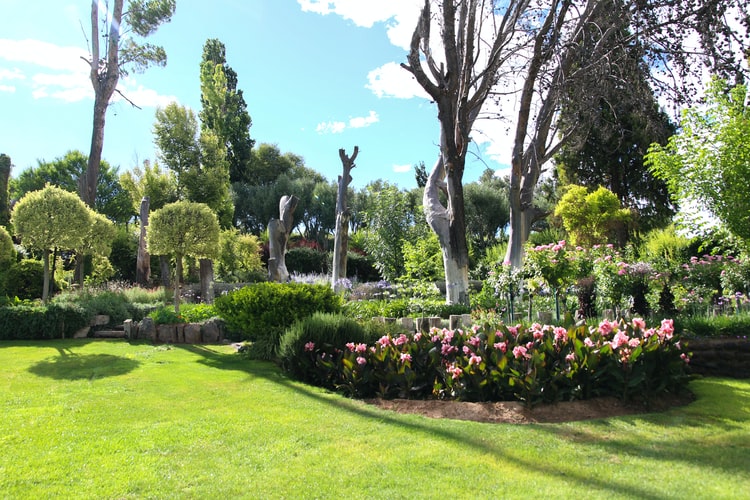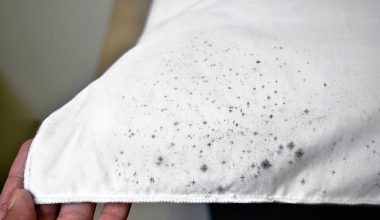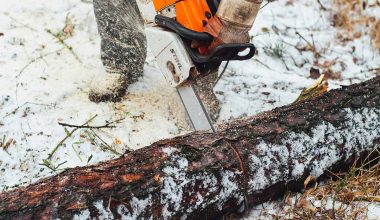Introduction
Evergreen ground cover plants are great for adding foliage and color to your garden with minimal effort. They are ideal for adding interest to your garden which doesn’t change with the seasons. It also makes a great hiding spot for bugs and small animals. This is essential for making your garden better for the environment and wildlife.
It is difficult picking evergreen ground cover plants, but we’re here to help. Getting the location right is important, as some plants need more sun than others. Whilst they’re low maintenance, there is a lot of choices depending on what areas you’re planting in. Read on for our best 5 choices, suited to all sorts of different situations!
5 Best Evergreen Ground Cover Plants
We’ve made our selection of plants based on how they look, where they can grow, and how easy they are to maintain. Whatever you need, you’re sure to find a recommendation here!
1. Creeping Juniper
One easy ground evergreen ground cover plant that is quite commonly used is the Creeping Juniper. They grow low down, and you really don’t need to look after them for them to thrive. Use them to cover sunny areas and build up borders. They also have a very nice fragrance, and provide but thick subtle coverage to wherever you plant them.
The Creeping Juniper is ideal if you have a sunny area which you don’t want to maintain very much, but also want a horizontally-growing plant with a fresh scent.
2. Black Mondo Grass
Black Mondo Grass is a very unique-looking evergreen ground cover plant. Its purple-black dark leaves give a dramatic look to your garden and create a thick carpet of foliage. The leaves can get quite long, and little pink flowers come out in spring and summer. It’s ideal for dry areas as it’s drought resistant. In the South where it’s hotter, grow it in a shaded area. In the North where tempratures aren’t so high in summer, it can thrive in full sunlight. It’s very versatile evergreen ground cover plant. Before buying, read up on when to plant it.
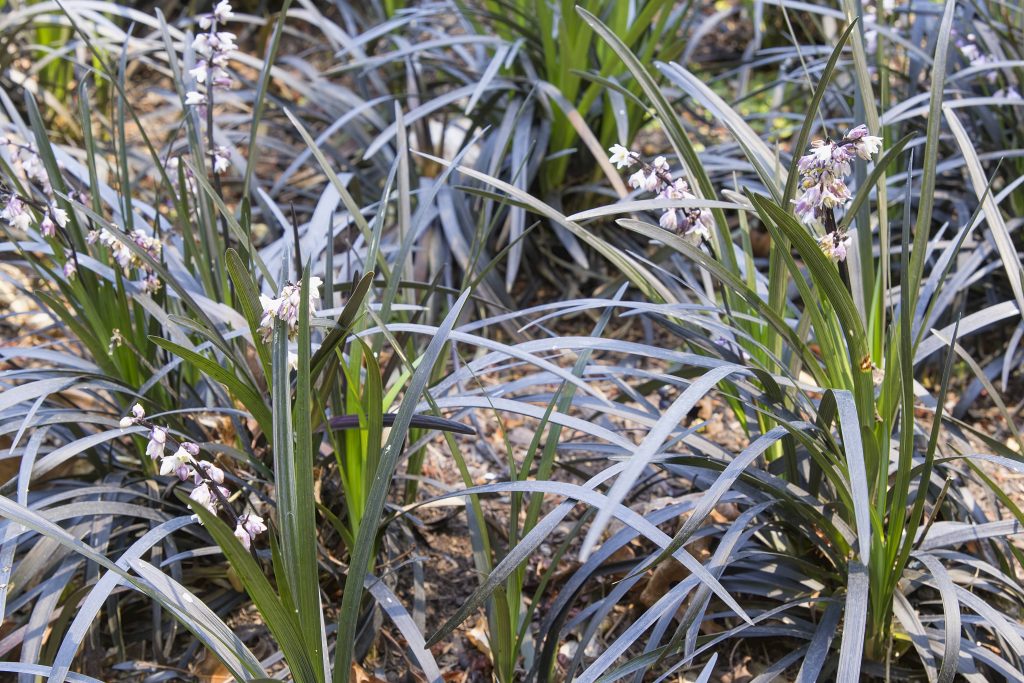
3. Creeping Myrtle
Our next evergreen ground cover plant is the Creeping Myrtle. This is an invasive species in some areas, so check locally before you decide to plant it. You don’t want to be causing environmental problems!
Creeping Myrtle comes with either white or blue flowers, and it is very hardy in dry shade. You can pretty much grow it anywhere that other plants would not survive.
4. Autumn Joy Stonecrop
Autumn Joy Stonecrop is a beautiful evergreen groundcover plant with round leaves and flowering pink blooms in the summer. You usually don’t need to maintain this plant much, but make sure it has a lot of light and the soil isn’t over-watered for it to thrive.
This is a great choice if you live in a location that experiences extreme heat. It can also handle frost, but it does go dormant in the winter. Why not try planting it as a pretty feature around your deck?
5. English Ivy
Finally, English Ivy is a classic evergreen ground cover plant choice which never goes out of favor. Again, it’s an invasive plant in some areas, so check before you decide to plant any. However, a tough plant can have major benefits. If it’s not invasive in your location, and you also know how to plant it safely, you’re in luck!
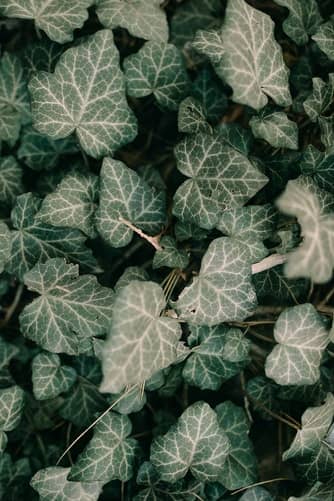
English Ivy can grow really well in shaded spots with little water. It can also handle full sun and moist soil. There’s a few different types with varying shapes and sizes of leaves. It’s a beautiful plant with lots of potential. However, be very careful with how it’s planted as it is extremely invasive if done incorrectly.
Conclusion
There you have it: 5 different types of evergreen ground cover plant that can handle all sorts of different conditions. Beyond this list, you have so many ground cover plants you can choose from, but these are just a few that we think are particularly aesthetic and easy to care for. There are plenty of other ways to add color and interest to your garden if you don’t want to just use ground cover plants. Why not try creating a herb garden instead? You’ll also need to check out our articles on how to water your garden efficiently once you’ve started planting!
